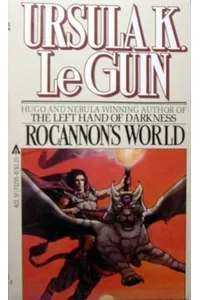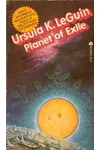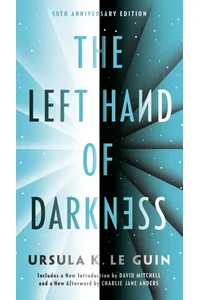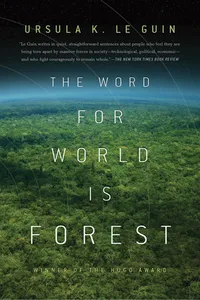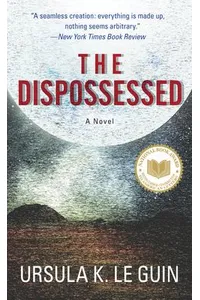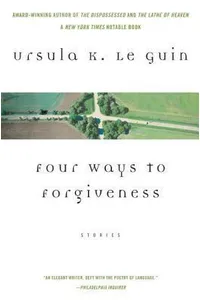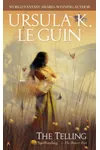Step into the star-spanning universe of the Hainish Cycle, where distant human colonies weave tales of connection, identity, and discovery! Crafted by the legendary Ursula K. Le Guin, this science fiction series invites you to explore a future where humanity, seeded across the galaxy by the ancient planet Hain, reconnects after millennia apart. With its rich worldbuilding and thought-provoking themes, the Hainish Cycle is a must-read for sci-fi fans craving stories that challenge the mind and stir the soul.
Unlike traditional space operas, Le Guin’s series focuses on the anthropological and sociological, diving deep into what makes us human across diverse planets and cultures. Ready to embark on a journey through the Ekumen’s galactic confederacy? Let’s explore!
How Hainish Began
Ursula K. Le Guin, a titan of speculative fiction, launched the Hainish Cycle in 1964 with the short story 'The Dowry of Angyar,' setting the stage for her galactic vision. Inspired by her anthropologist father, Alfred Kroeber, Le Guin wove her fascination with cultural diversity and human evolution into the series. Her Taoist beliefs and interest in feminism also shaped her narratives, creating stories that challenge conventional sci-fi tropes. Over decades, from the 1960s to 2000, she crafted a loose collection of novels and stories, each a standalone gem in a shared universe.
The Heart of Hainish
The Hainish Cycle includes seven novels and numerous short stories, each exploring unique worlds and societies. Standout titles include The Left Hand of Darkness (1969), a Hugo and Nebula Award-winner, which follows envoy Genly Ai on the icy planet Gethen, where inhabitants are ambisexual, shifting gender in a fascinating exploration of identity and culture. The Dispossessed (1974), another award-winner, contrasts an anarchist utopia on Anarres with the capitalist Urras, delving into political systems and freedom through physicist Shevek’s journey.
The Word for World Is Forest (1972) tackles colonialism, portraying Earth’s exploitation of a lush alien planet, while The Telling (2000) examines a society suppressing its cultural heritage. Le Guin’s lyrical prose and anthropological lens shine, blending themes of gender, ecology, and non-violence. The series’ setting—a galaxy of human colonies reconnecting via the Ekumen—offers a canvas for diverse cultures, from telepathic societies to genetically engineered worlds, making every story a fresh adventure.
Why Hainish Resonates
The Hainish Cycle redefined science fiction, moving beyond laser battles to probe human nature and societal structures. Its influence endures in modern sci-fi, inspiring authors to explore cultural and philosophical depths. Fans cherish its empathetic storytelling, with works like The Left Hand of Darkness sparking discussions on gender and identity that remain relevant today. Le Guin’s ability to craft idealistic yet flawed societies offers hope and reflection, cementing the series as a timeless classic.
In 2017, the Library of America honored the series with a deluxe two-volume set, a testament to its literary significance. Whether you’re a sci-fi veteran or a curious newcomer, the Hainish Cycle’s blend of heart, intellect, and imagination captivates.
- Publication Span: 1964–2000
- Number of Novels: 7
- Notable Awards: Hugo, Nebula, Locus for multiple works
- Key Organization: The Ekumen, a galactic confederacy
Grab Rocannon’s World or The Left Hand of Darkness and dive into the Hainish Cycle’s galaxy of wonder! Your next favorite sci-fi adventure awaits.
